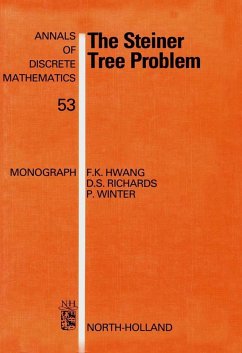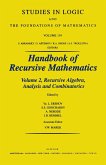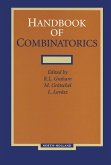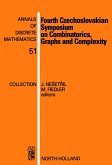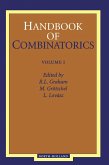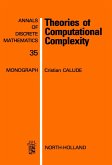This volume is devoted to the assimilation of the rich field of intriguing analyses and the consolidation of the fragments. A section has been given to each of the three major areas of interest which have emerged. The first concerns the Euclidean Steiner Problem, historically the original Steiner tree problem proposed by Jarník and Kössler in 1934. The second deals with the Steiner Problem in Networks, which was propounded independently by Hakimi and Levin and has enjoyed the most prolific research amongst the three areas. The Rectilinear Steiner Problem, introduced by Hanan in 1965, is discussed in the third part. Additionally, a forth section has been included, with chapters discussing areas where the body of results is still emerging.
The collaboration of three authors with different styles and outlooks affords individual insights within a cohesive whole.
Dieser Download kann aus rechtlichen Gründen nur mit Rechnungsadresse in A, B, BG, CY, CZ, D, DK, EW, E, FIN, F, GR, HR, H, IRL, I, LT, L, LR, M, NL, PL, P, R, S, SLO, SK ausgeliefert werden.

